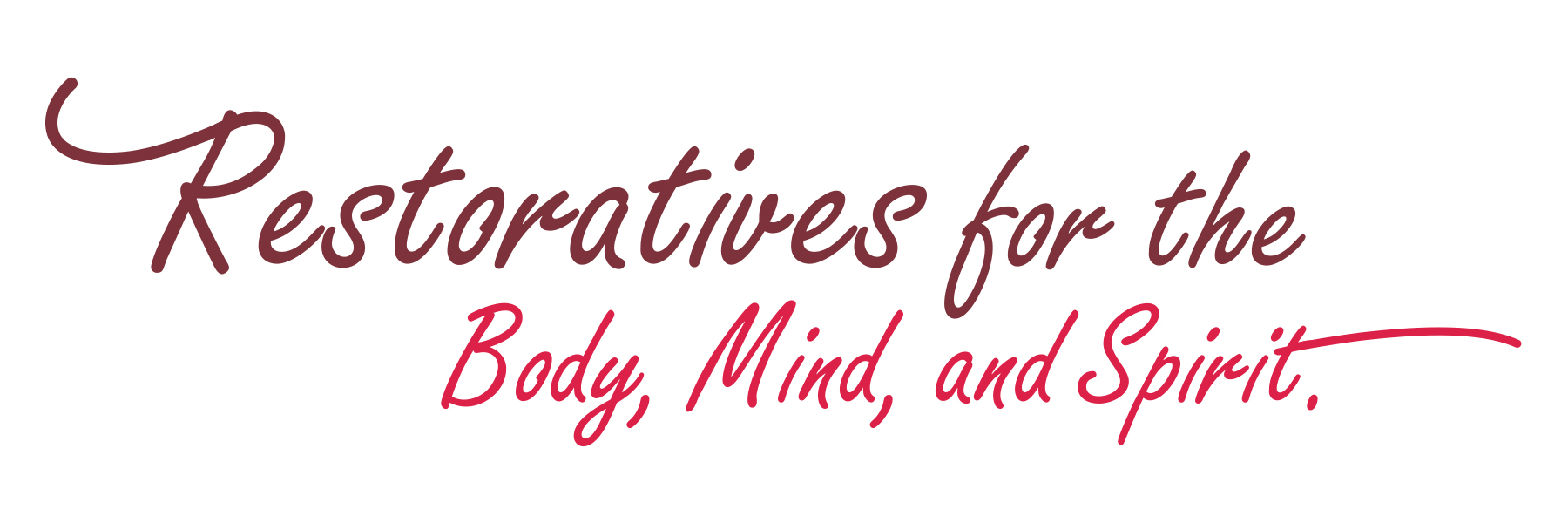I did my first January “fast” when I was nineteen years old. Back in 1991 I called it a diet, then later a detox, a reset, and now, a fast. I felt so good that first year after the indulgences (and weight gain) during the holidays that I continued to do it. This year marks the thirtieth year of that tradition for myself – which was modified during years of pregnancy and breastfeeding. There have been a variety of iterations over the years, but they all amounted to the elimination of sugar, alcohol, and refined carbohydrates. In the early years, I reduced fat as well going along with the trends of the day. It was the ABCs of January – no Alcohol, no Butter and Bread (including all starchy foods) and No cakes, Cookies, and Candy. A simple mnemonic reference to keep me in check. Later it was Paleo or Whole 30 or Hormone Reset or Keto; and more recently a 5-10 days water fast. As I have become in tune with this rhythm, I have also added a couple of additional fasting periods throughout the year, although January remains the longest and strictest at least for now.
We are wired for feasting and fasting and that goes all the way back to hunters and gatherers. Throughout the year they would experience periods of abundance and scarcity would have coincided with the seasons. There was more food available in the summer and autumn and much less available in the winter and early spring. These periods also aligned with daylight hours and encouraged much activity during the long days of summer and a quiet, restful period during winter, mirroring all life forms on Earth. During the plentiful months, they would take their fill in preparation for the lean times to come. Because of this cycle, our circadian rhythm includes a tendency for weight fluctuation throughout the seasons. Just as other mammals prepare for the winter hibernation by eating as much as they can and piling on the pounds, we too have an innate programming in our cells that lends itself to feasting in the fall and early winter, and then fasting in the late winter and early spring months.
As civilizations developed and progressed, that natural fluctuation has been bolstered by the harvests and the weather and religious and spiritual traditions. Pagan festivals included a feast at the winter solstice on December 21. They butchered large animals that would not survive the deep freeze of winter and kept the Yule Log burning throughout the solstice period. The Christians adopted this period of the year to celebrate Christ’s birth and the twelve days of Christmas. In recent times, this has extended into a much longer feast period often beginning with Halloween, Samhain, and Day of the Dead which blend into harvest festivals and Thanksgiving in the U.S. finally blending right into the Advent season lasting through Epiphany on January 6, often celebrated with a cake. Once upon a time, Advent was a season of fasting. These days, it’s a pre-feast feast of daily chocolate or even alcoholic indulgences. It’s no wonder that our bellies and bottoms are bursting by the second week of January.
Before modern food preservation and refrigeration, these feasts would have been followed by a period of scarcity as the ground froze and families would be sustained on stored grains, root vegetables, canned pickles, tomatoes, and preserves, and dried meats and fish. From an evolutionary and cellular perspective, our bodies are prepared for this time of lack. Just like the tulip bulbs lay in the frozen ground in the winter soil, the cells are not worried about the current situation, they are programmed to be still and patient and will sprout and announce spring when the time comes. We too have cellular programming based on circadian rhythms related to the sun and the seasons. Daily circadian rhythms alert us to be awake during the day and asleep at night. Seasonal circadian rhythms encourage more activity in the summer and rest in the winter. More activity in the summer requires more food and we are gifted with the bounty of the harvests. Less activity is more natural in the winter as a way to conserve energy with less food available.
Modern conveniences have complicated this natural cycle. Constant availability of food throughout the year and incessant advertising campaigns to encourage purchasing and consuming more and more and more have taken a toll on our instinctual tendencies. Business and profit models leave little room for a lean month of profits which in turn prevents the achievement of physical leanness in the population at large. In his book, The Obesity Code, Dr. Jason Fung, an expert in the use of fasting for health benefits, suggests that “an imbalance between feeding and fasting will lead to increased insulin, which causes increased fat, and voila – obesity.” While the year round abundance of food that many of us have access to is certainly a blessing, it’s also something that we need to manage to maintain our health and longevity.
It doesn’t matter whether you choose to engage in Dry January or Veganuary or Whole 30 or some other program or if you call it a diet, detox, a cleanse, or a fast, reducing caloric consumption (especially of sugar and refined carbohydrates) for a few days to a few weeks will allow the digestive and circulatory systems, including the liver, some well-earned time of rest and renewal. Not sure where to start? – how about try Intermittent Fasting – which is essentially skipping a meal a couple of times per week. Finally, don’t get discouraged if you feel lousy the first few days, that’s just the body’s cleaning crew doing its job. Stick it out one day at a time to enjoy the lightness, clarity and alertness on the other side.
If you are interested in personalized support and creating a customized wellness plan, contact me at sheila@restorativelife.com to schedule a discovery call.







